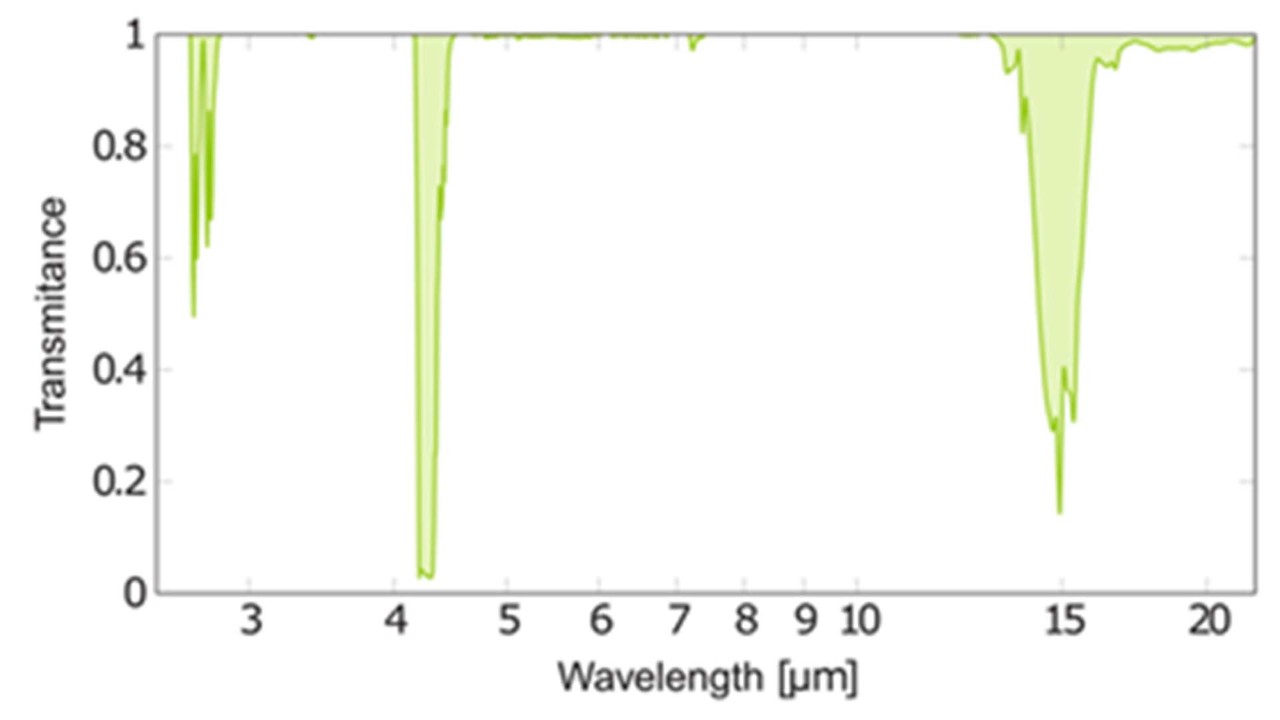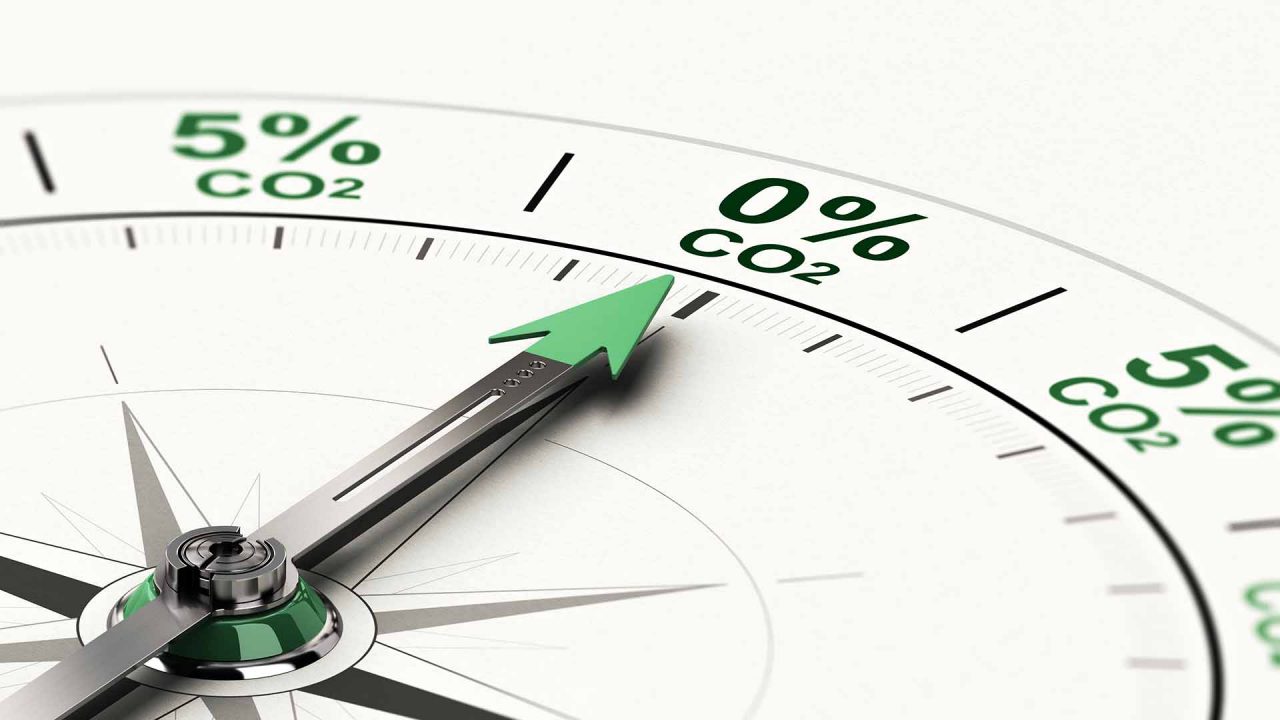What is CO2?
The role of CO2 in causing global warming is often discussed, but CO2 also has adverse effects on the human body.
If the concentration of CO2 in a room rises too high, it will cause headaches, drowsiness, and fatigue.
If it exceeds 80,000 ppm, it may cause people to lose consciousness.
CO2 Sensors
What is carbon dioxide (CO2)?
Carbon dioxide (CO2) is a molecule composed of one carbon atom and two oxygen atoms. It is colorless and odorless gas at room temperature. When the temperature drops below -78 °C at normal pressure, it becomes solid (this is called dry ice).
CO2 is one of the most important gases on earth and is used in a process called photosynthesis. Photosynthesis takes place in green plants, which use chlorophyll to make use of sunlight.
Plants use solar energy to turn water and carbon dioxide into sugar, releasing oxygen. Humans and animals, on the other hand, produce CO2, which has a negative impact on health.

Impact on global warming
Global Warming Potential (GWP) is the ratio of the total amount of heat trapped by greenhouse gases over a specific period (20, 100, or 500 years) to the total amount of heat trapped by the same mass of carbon dioxide. Methane and nitrous oxide have GWP values of 25 and 298, respectively. The GWP value of a gas molecule depends on how stable the gas molecule is, how much infrared (IR) radiation it absorbs, and where along the spectrum the absorption peak lies.
The IR spectrum of carbon dioxide has a strong absorption band consisting of many overlapping peaks. This band, caused by asymmetric C = O expansion and contraction, is located at a wavelength of 4.3 µm. At this wavelength, CO2 molecules in the atmosphere absorb the thermal radiation emitted by the earth. This reduces the amount of cooling that occurs, especially during sunny nights. When the amount of carbon dioxide and other, more powerful greenhouse gases increases, it prevents IR radiation from leaving the earth and returning to space. Thanks to the natural greenhouse effect, the average temperature of the earth is about 15 degrees Celsius. If there were no greenhouse gasses, it would be around -18°C.
However, CO₂ can also have negative effects. The higher the concentration of greenhouse gases, the more IR radiation that is absorbed. This IR radiation remains close to the earth's surface, increasing its temperature. Carbon dioxide accumulates in the atmosphere, so it has a warming effect that can affect the global climate. Currently, the concentration of CO2 in the atmosphere is about 400 ppm. However, the level is often higher in large cities. CO2 levels are rising year by year, primarily due to CO2 from fossil fuel sources being released into the atmosphere.
 Figure 1. IR spectrum of carbon dioxide
Figure 1. IR spectrum of carbon dioxide
Impact on the human body

"School Environment: Policies Current Status," published in 2015 by the World Health Organization (WHO), states that there is a correlation between indoor air quality and student/teacher absenteeism rates, academic performance, teacher retention rates, reductions in building maintenance and other costs, and sick leave rates. It is well known that CO2 concentrations above 2,000 ppm interfere with our health and efficiency, levels above 5,000 ppm are dangerous, and 10,000 ppm are life-threatening.
Furthermore, in recent years there has been a strong focus on preventing the spread of COVID-19 and influenza by avoiding enclosed areas with poor ventilation. The WHO recommends natural or mechanical ventilation to improve ventilation rates without recirculating air.
For details, please refer to "Applications / Indoor Air Quality (IAQ) by CO2 Monitoring."
Use in human presence detection
Detecting if there are people within a room has primarily been accomplished using infrared sensors or security cameras. However, there are cases in which this approach is not effective, such as when there are blind spots, sunlight, or high temperatures. In recent years, studies have been conducted regarding detecting the presence of people within a room by using a CO2 sensor to detect the increase in CO2 concentration that occurs when people exhale.
CO2 refrigerant as an alternative to CFCs
Refrigerant is used in home appliances such as air conditioners and refrigerators to transfer heat from low temperature locations to high temperature locations. CFC gas (R404A), which was previously one of the most commonly used refrigerants, has a global warming potential of 3920, which has a major negative impact on the planet.
The advance of global warming has led countries around the world to actively promote the use of refrigerants with less harmful environmental effects. CO2 refrigerant has little negative impact on the environment. It has zero ozone depleting potential and an extremely low global warming potential of 1. This has led to growing interest and greater adoption of this natural refrigerant. The detection of CO2 leaks also requires the detection of CO2 concentration.
The application range of CO2 sensors will expand in the future
Gas sensors, including CO2 sensors, are expected to be applied in various fields continuously in the future. However, it is not easy to properly select and detect the target gas under various circumstances. What is needed is a proper understanding of the nature of the target gas and the principle of the gas sensor, and the selection of the most appropriate gas sensor for the situation.
The page on the right-hand side describes the principles of the various gas sensor detection methods, the types of gases that can be detected by the sensors, and the advantages and disadvantages of each method.
About Senseair
Senseair, which became a member of the Asahi Kasei Microdevices (AKM) Group in 2018, is a provider of gas sensors using NDIR: Non-Dispersive InfraRed technology. Our goal is to constantly develop and mass-produce new gas sensor technologies.











